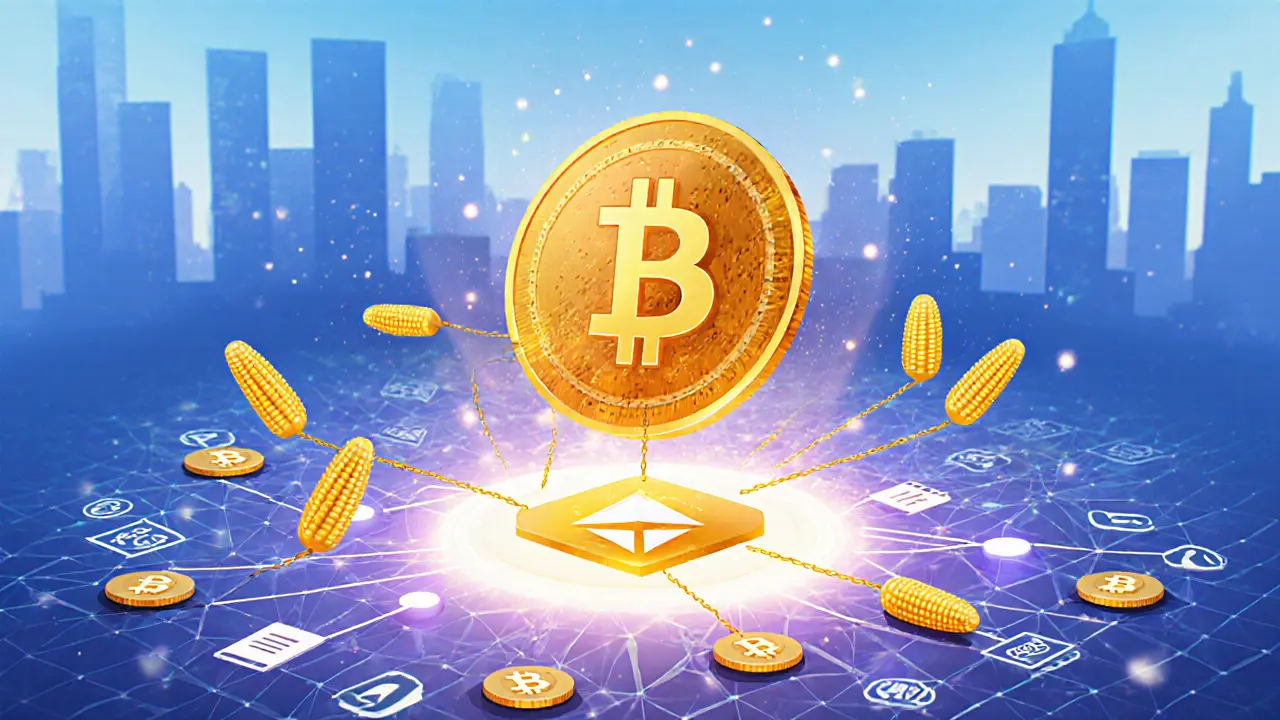Bitcoin Layer 2: Faster, Cheaper Transactions Explained
When you send Bitcoin, it can take minutes—or even hours—to confirm, and fees can spike to over $50 during busy times. That’s where Bitcoin Layer 2, a set of technologies built on top of Bitcoin to handle transactions faster and cheaper without changing the main blockchain. Also known as Layer 2 scaling solutions, it lets users move value off the main chain while still keeping Bitcoin’s security. Think of it like a side highway that connects to the main road. You get the same destination, but without the traffic.
Bitcoin’s original design wasn’t built for daily payments. It’s a digital gold ledger, not a payment processor. That’s why developers created Layer 2 solutions, networks that process thousands of transactions off-chain and only settle the final balances on Bitcoin. These include payment channels, sidechains, and state channels. The most popular one, the Lightning Network, a real-time payment system that lets users open bidirectional channels to send instant, low-cost Bitcoin transactions, already handles over 6,000 transactions per second in tests. That’s more than Visa’s average throughput.
But not all Layer 2 projects are the same. Some, like the Lightning Network, focus on payments. Others, like Stacks, a blockchain that connects to Bitcoin and lets developers build smart contracts and dApps using Bitcoin as the base asset, let you run DeFi apps without moving your Bitcoin off the main chain. Then there are sidechains like Rootstock, a Bitcoin-compatible smart contract platform that uses a two-way peg to move value between Bitcoin and its own chain. Each solves a different problem, but they all share the same goal: make Bitcoin usable without compromising its security.
Why does this matter to you? If you’re sending Bitcoin to a friend, buying coffee with crypto, or using a DeFi app tied to Bitcoin, Layer 2 makes it possible. Without it, Bitcoin stays locked as a store of value. With it, you can actually spend it. The posts below cover real examples—from how to set up a Lightning wallet to why some Layer 2 projects failed—and what you need to know before you use them. You’ll see which ones are actually being used, which are just hype, and how to avoid scams hiding behind the term "Bitcoin Layer 2."

